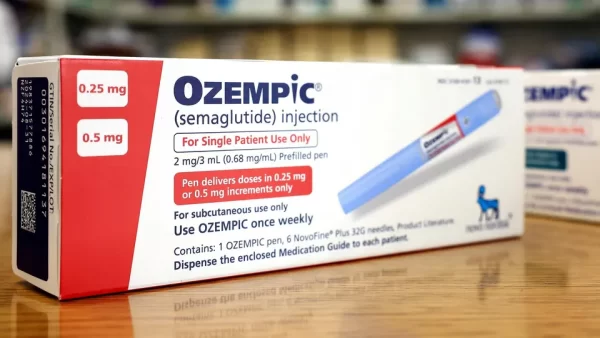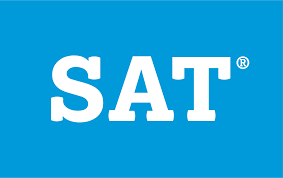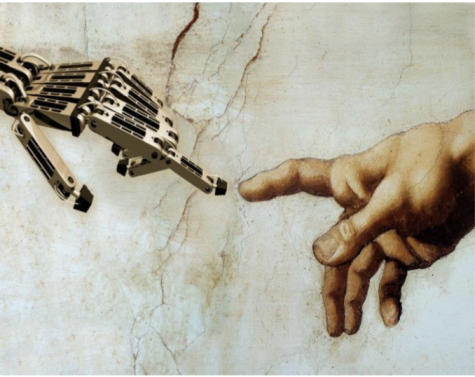COVID-19 Vaccine Update
December 5, 2020
With the widespread pandemic affecting more and more lives, the federal government has been working since the beginning to create a vaccine. Although there isn’t an established vaccine handed out to the world quite yet, they are working side by side with the CDC to prepare for that day. Because of the extremity of the distribution, it causes the process to become more difficult to organize and establish priorities. The obvious top priorities are politicians, frontline workers, and government officials. Calculating the vast amount that only that small portion of the population covers, it still leaves millions of people without obtaining the initial vaccine release.
The CDC released statements on their website, cdc.gov, stating that there will be a limited supply with every round of vaccines. They also mention that their time goal is for the first round to come out before the end of 2020. It is safe to say that even though vaccines will come out, they will continuously be limited, and be controversial. As every medical and political advance do, this topic of discussion will be heard for years to come. With concerns about the side effects of this vaccine in its early stages growing, more and more use this topic as a dinner table discussion. Whether you choose to accept the vaccine or not, both reasonings are valid. Looking back in history, polio vaccines, flu shots, and more have all taken years of improvement to lower the side effects. Take the flu shot for example. It gets altered annually, and still has rates of roughly 52% effectiveness. When examining such a powerful disease like COVID-19, the possibilities are endless. The disease itself modifies and mutates with every contamination. To create a vaccine that would prevent catching such a disease is not only a far leap, but a monumental risk.
The World Health Organization discussed how the distribution between countries and nations would work according to AAS. There were legally binding commitments that nations had to sign for their share of the vaccine. With a total of 64% of the world’s population signed up, they will “have access to the vaccines in the COVAX portfolio and will pay for their own doses” (sciencemag.com). As the year comes to an end, the world will slowly evaluate how the vaccine affects each individual’s circumstances. We all take part in a historical time in history, as we go through the pandemic together. With fingers crossed and a hopeful mindset, us as a society can hope for the best with this bright future ahead of us.









